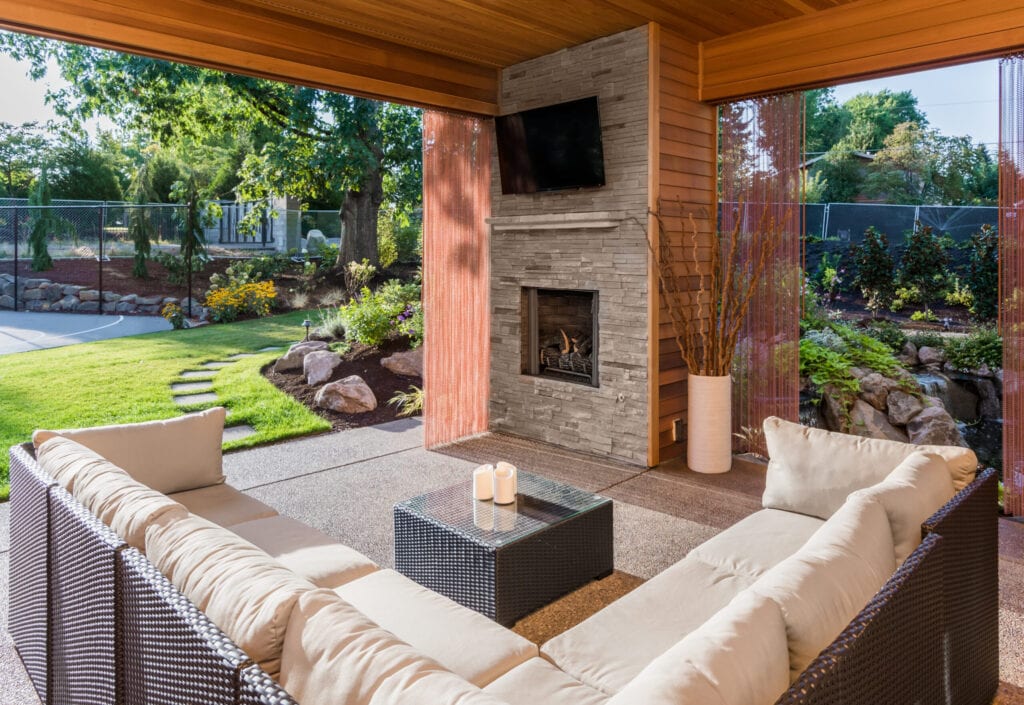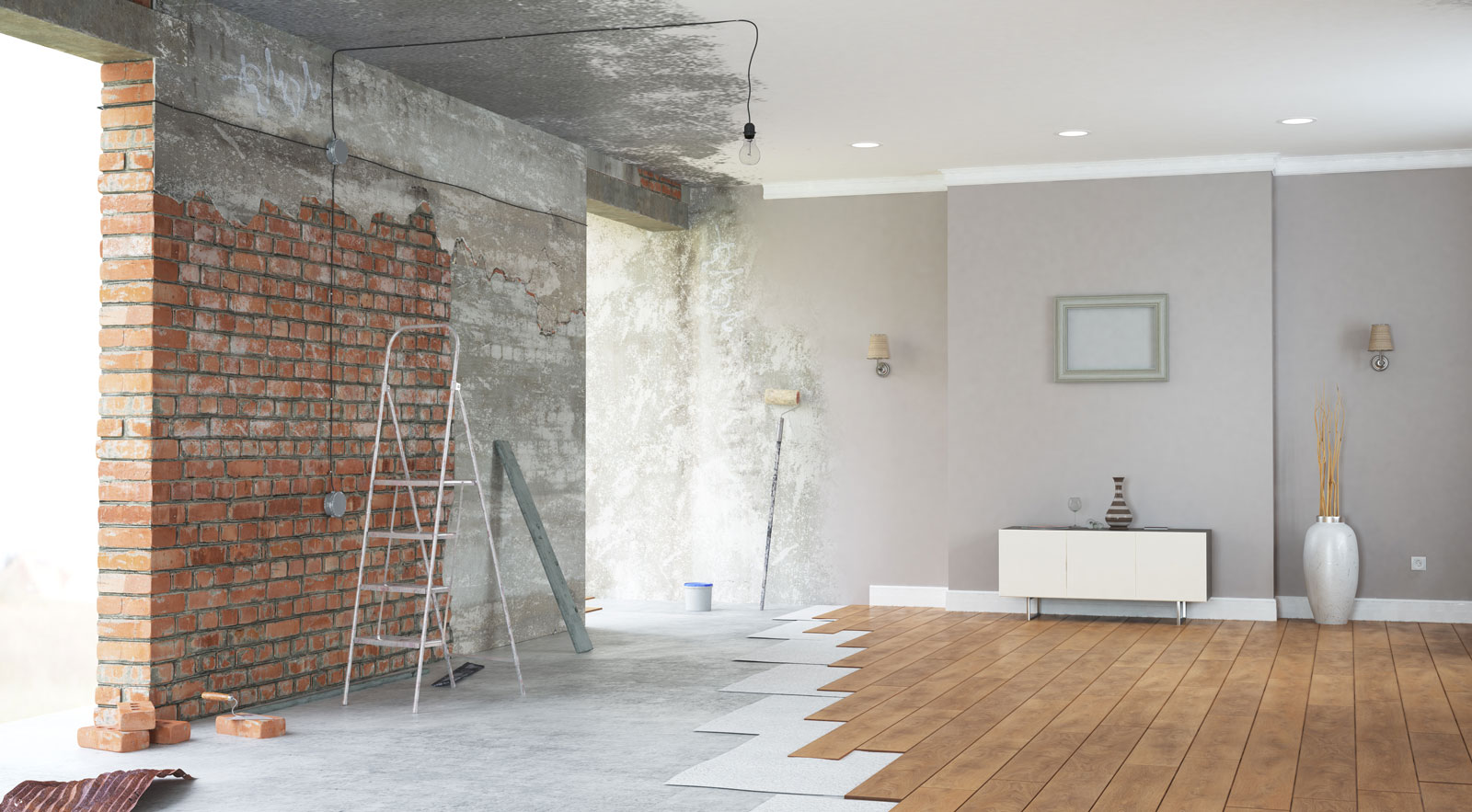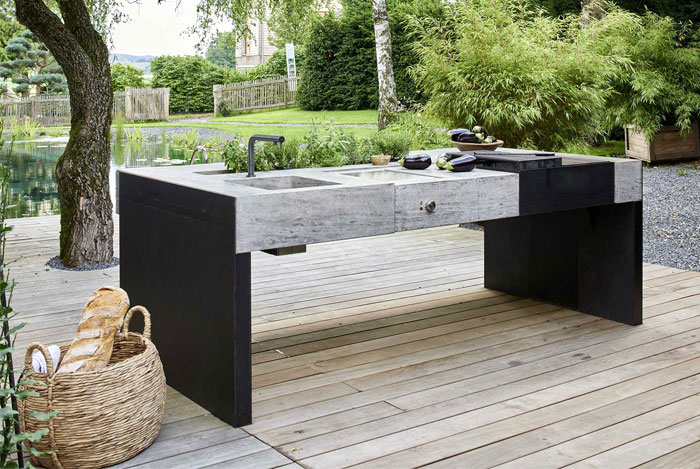
A large, paved patio with spacious walk-in wardrobes is a dream house must-have. There may be a coat closet at the entry, a pantry, or linen closet in your hallway. It's never too early to put attic or basement storage. These features will make your home more inviting and lively for potential buyers.
It is becoming more common for new houses to have the ability of controlling lighting from a mobile or tablet device. Not only does this improve security and energy efficiency, but smart lighting also conserves energy. A custom water filter is an essential piece of furniture, and it will ensure that you don't end up with hard water or chlorine. A variety of built-ins can be added to your home. These furnishings and accessories not only add personality to rooms, but are convenient and practical.

Everyone has a list when they're searching for a home. A eat-in kitchen, two car garage, and yard space are among the things that everyone wants. These things can make any house feel like a dream home. You'll be able to find the perfect home for you if you have a list of essential items.
Next, consider your wants and needs. It's possible to feel overwhelmed if you're first-time homebuyer. You can start by identifying the essential items on your checklist. Start with a basic checklist that includes household items. You can then move on to more complex items. You can add some luxury items to your list as you go. Some people even go overboard with the house must-haves, so you can get a better deal.
Besides having a comfortable space for your loved ones, you should also consider the features that help you make it a more comfortable home. If you have hobbies, you'll want to create a space for you to practice them. A "hobby" room can be a space with hardwood floors, sufficient electrical outlets, and a work surface for your tools. If you'd like to have kids, you can include a "playroom".

Consider adding a hot tub to your home if you have the money. Although it might not be something that everyone should have, it is becoming a popular addition to a home. You can have a hot tub on your roof in winter or share it with friends and family for a relaxing soak. You'll be glad you bought a hot tub to heat your home. The hot tub's quiet, durable, high-quality design will make you stand out from the rest.
FAQ
Is there any way to save money when renovating my home?
You can save money by doing most of the work yourself. Consider reducing the number or people that you employ during renovations. It is also possible to cut down on the cost of materials during renovations.
Are you able to live in a renovated house?
Yes, I can live inside a house while I renovate it.
You can live in a house that is being renovated while you are renovating it. It depends on the length of the construction. If the renovation process lasts less than 2 months, then yes, you can live in your home while it's under construction. You can't live there if your renovation project takes more than two months.
There are many reasons why you should not live at home during major construction projects. You might be hurt or even die from falling objects on the site. Noise pollution and dust from heavy machinery on the job site could also be a problem.
This is especially true if your house has multiple stories. In this case, the sound and vibration created by the construction workers might cause severe damage to your property and its contents.
You will have to live in temporary accommodation while your home renovations are underway. This means that your home won't provide all the amenities you need.
When your dryer and washing machine are in repair, for example, you won't have access to them. In addition to the unpleasant smells of chemicals and paint fumes, you will have to endure the noises made by workers.
All these factors can lead to stress and anxiety among you and your family members. You should plan ahead to avoid feeling overwhelmed by this situation.
It is important to research before you start renovating your house. This will help you avoid costly mistakes down the road.
Also, it is a good idea to get professional help from a reputable contractor in order for everything to go smoothly.
Is it more cost-effective to hire a subcontractor or a general contractor?
Hiring a general contract is typically more costly than hiring subcontractors. A general contractor has many employees, so they often charge their clients a lot of money for labor costs. On the other hand, a subcontractor only hires one employee, so he or she charges less per hour.
How much does it set you back to renovate your house?
Renovations can cost from $5,000 to $50,000. Most homeowners spend around $10,000 to $20,000 on renovations.
How Much Does it Cost to Renovate a House?
The type of material, the project size and the complexity of renovations will all impact the cost. Some materials like wood need additional tools, like saws or drills, while others like steel don't. The cost of renovations will vary depending on whether your contractor does all the work or you do it yourself.
Home improvement projects cost on average $1,000 to $10,000. If you are looking to hire professionals, expect to pay between $5,000 and $25,000. The cost to hire professionals would range from $5,000 to $25,000,000. On the other side, you could spend up to $100,000 if your task is completed entirely yourself.
The final cost for renovation depends on many factors. The type of material used (e.g. These factors include whether brick is concrete or brick, how large the project is, how many workers are involved, the duration of the project and so on. When estimating the total cost for renovation, it is important to keep these factors in your mind.
Statistics
- The average fixed rate for a home-equity loan was recently 5.27%, and the average variable rate for a HELOC was 5.49%, according to Bankrate.com. (kiplinger.com)
- A final payment of, say, 5% to 10% will be due when the space is livable and usable (your contract probably will say "substantial completion"). (kiplinger.com)
- On jumbo loans of more than $636,150, you'll be able to borrow up to 80% of the home's completed value. (kiplinger.com)
- Rather, allot 10% to 15% for a contingency fund to pay for unexpected construction issues. (kiplinger.com)
- Design-builders may ask for a down payment of up to 25% or 33% of the job cost, says the NARI. (kiplinger.com)
External Links
How To
How do I plan for a whole house renovation?
Planning a whole house remodel requires careful planning and research. There are many things you should consider before starting your project. The first thing to do is decide what kind of home renovation you want. There are many options available, including kitchen, bathroom and bedroom. Once you know which category you would like to work on, you'll need to figure out how much money you have available to spend on your project. It's best to budget at least $5,000 per room if you don't have any experience working on homes. You might be able get away with less if you have previous experience.
Once you have figured out how much money you can afford to spend, you'll have to determine how big of a job you want to tackle. A small kitchen remodel will not allow you to install new flooring, paint the walls, or replace countertops. On the other side, if your budget allows for a full renovation of your kitchen, you'll be able do just about any task.
The next step is to find a contractor who specializes in the type of project you want to take on. This will ensure you get quality results and save you a lot of hassle later. Once you have found a reliable contractor, it is time to start gathering supplies and materials. You might need to make everything from scratch depending upon the size of your project. However, there are plenty of stores that sell pre-made items so you shouldn't have too much trouble finding everything you need.
Once you have all of the necessary supplies, you can start making plans. The first step is to make a sketch of the places you intend to place furniture and appliances. Then, you'll move onto designing the layout of the rooms. Remember to leave enough space for outlets and plumbing. Also, try to put the most used areas near the front door so that visitors can easily access them. You can finish your design by choosing colors and finishes. Avoid spending too much on your design by sticking to simple, neutral colors and designs.
Now it's time to build! Before you start any construction, be sure to check the local codes. While some cities require permits, others allow homeowners to construct without them. To begin construction you will first need to take down all walls and floors. The next step is to lay plywood sheets on your new flooring. Next, you will nail or screw together pieces wood to create the frame for your cabinets. You will attach doors or windows to the frame.
After you're done, there are still a few things you need to do. You might want to cover exposed pipes or wires. This can be done with plastic sheeting and tape. It's also a good idea to hang mirrors and photos. Just remember to keep your work area clean and tidy at all times.
These steps will ensure that you have a beautiful and functional home, which will save you tons of money. Now that you know how to plan a whole house remodeling project, you can go ahead and get started!